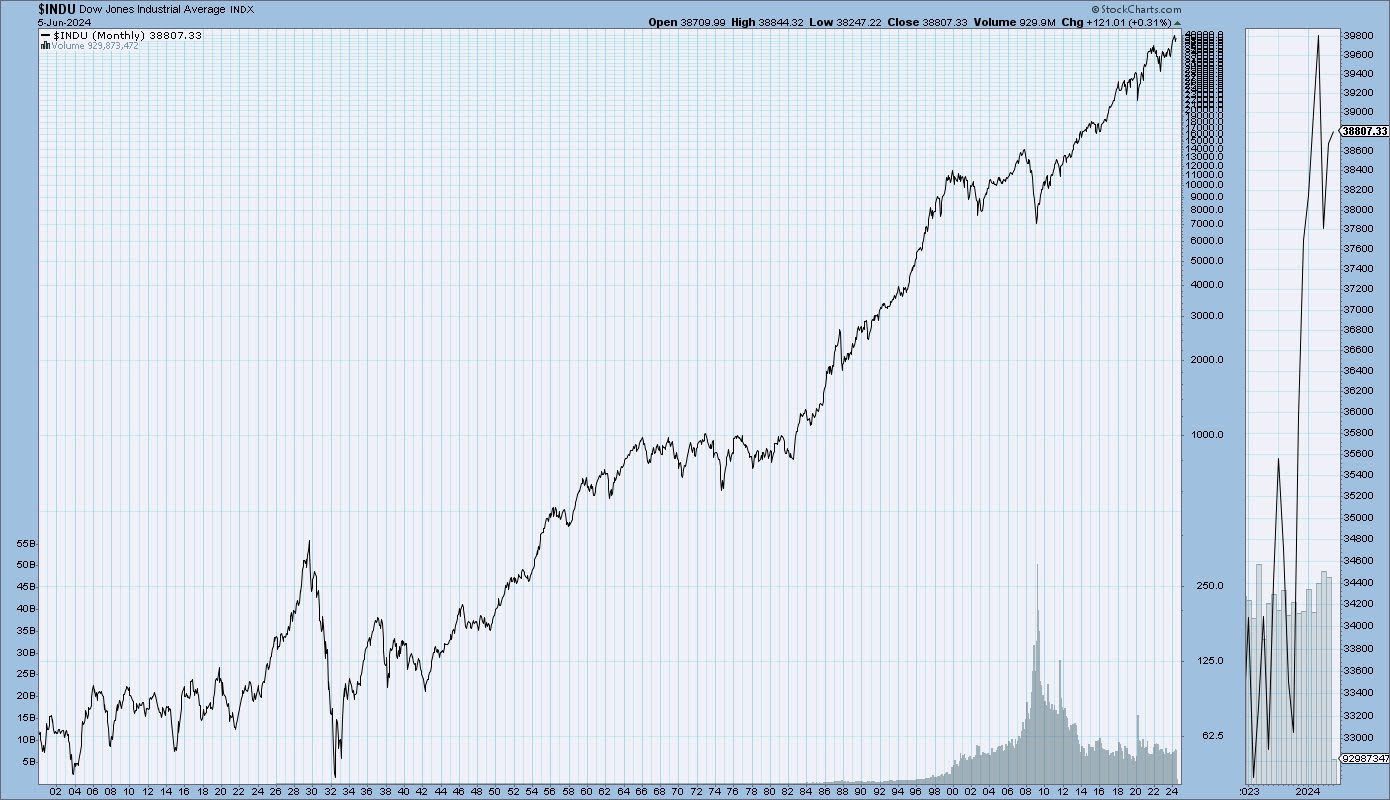What is the Total Daily Energy Expenditure (TDEE) of an athlete
The Total Daily Energy Expenditure (TDEE) of an athlete represents the total energy they use in a day. It’s a combination of several factors:
The Total Daily Energy Expenditure (TDEE) of an athlete represents the total energy they use in a day. It’s a combination of several factors:
在过去的一个世纪里,股市一直是复利效应的典型例子,它展示了小额投资如何随着时间的推移发展成为可观的财富,即使在投资者睡觉的时候也是如此。
股市的历史表现展示了复利的力量。尽管偶尔出现低迷和波动,但市场的整体趋势长期呈上升趋势。这意味着,受经济增长、技术进步和企业创新等因素的推动,对优质股票、多元化投资组合或指数基金的投资价值通常会随着时间的推移而增长。

想象一下 100 年前将钱投入股市的投资者。尽管市场有起有落,但复利效应对他们有利。几十年后,股息会被再投资,股价会升值,整体投资组合价值会大幅增加。
沃伦·巴菲特是有史以来最成功的投资者之一,他经常强调耐心和复利在财富创造中的重要性。他有句名言:“股市旨在将资金从主动者转移到耐心者。”这句话概括了这样一种观点:那些长期投资并允许其投资随时间推移而复利的人往往比那些试图把握市场时机或频繁交易的人表现更好。
Over the past century, the stock market has been a prime example of the compounding effect in action, demonstrating how small investments can grow into substantial wealth over time, even while investors sleep.
复合效应在各种自然现象中都可见到。一个显著的例子是在生态系统中,“生物量积累”的概念展示了复合增长。

考虑一个森林生态系统:
The compounding effect is observable in various natural phenomena. One notable example is found in ecological systems, where the concept of "biomass accumulation" showcases compounding growth.

Consider a forest ecosystem:
One of the most famous historical examples of the compounding effect comes from the legend of chess and grains of wheat, often attributed to ancient India.
Once upon a time, there was a wise and benevolent ruler in ancient India who loved to play chess. One day, a humble farmer from his kingdom presented himself before the ruler and offered to teach him the game of chess. Impressed by the farmer's skills, the ruler asked what reward he desired in return.
历史上最著名的复利效应例子之一来自国际象棋和麦粒的传说,通常认为它起源于古印度。
从前,古印度有一位聪明仁慈的统治者,他喜欢下国际象棋。一天,他的王国的一位谦逊农民来到统治者面前,提出教他下国际象棋。统治者对农夫的技能印象深刻,问他想要什么回报。
这位农夫很聪明,他要求的回报似乎并不多:棋盘上第一个方格放一粒麦粒,随后每个方格的麦粒翻倍。统治者对农夫的谦逊要求感到高兴,立即答应了。
由于棋盘包含 64 个方格,这个要求起初似乎不成问题。然而,当统治者的仆人开始计算奖励时,他们意识到了复利的惊人效果。

在棋盘的第一个方格上,农民会得到一粒麦粒。在第二个方格上,他会得到两粒麦粒(数量是前一个方格的两倍)。在第三个方格上,他会得到四粒麦粒,然后在第四个方格上得到八粒,依此类推,每个方格的数量都会翻倍。
The highest temperature ever recorded on Earth was 134 degrees Fahrenheit (56.7 degrees Celsius), measured on July 10, 1913, in Furnace Creek Ranch, Death Valley, California, USA. This record-breaking temperature makes Death Valley one of the hottest places on Earth.
Fahrenheit and Celsius remain the two most widely used temperature scales globally, each with its own advantages and applications. Let's explore how to quickly convert one to another.

To convert Fahrenheit to Celsius:
Let's explore how temperature units are used across different sectors.
Healthcare:
In healthcare settings, temperature measurement is crucial for diagnosing illnesses, monitoring patients' conditions, and assessing treatment effectiveness. Body temperature is typically measured in Celsius, with normal body temperature around 37 degrees Celsius (98.6 degrees Fahrenheit). Thermometers used in healthcare settings often provide readings in both Celsius and Fahrenheit to accommodate different preferences and standards.